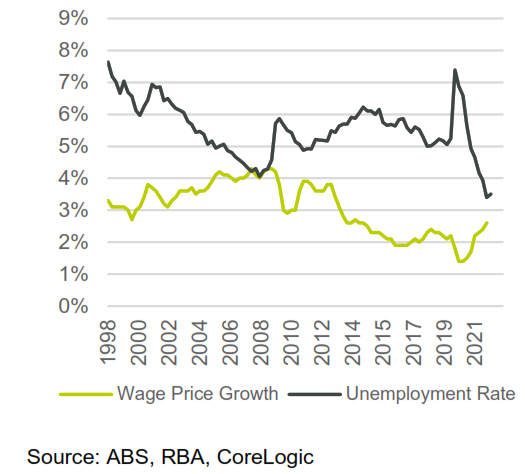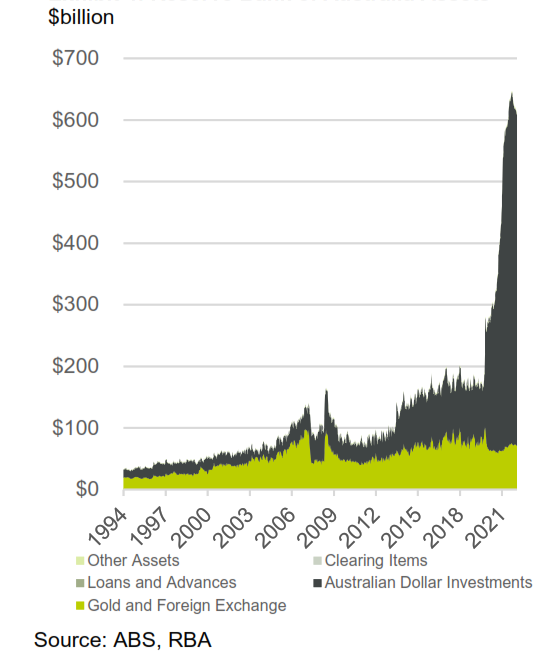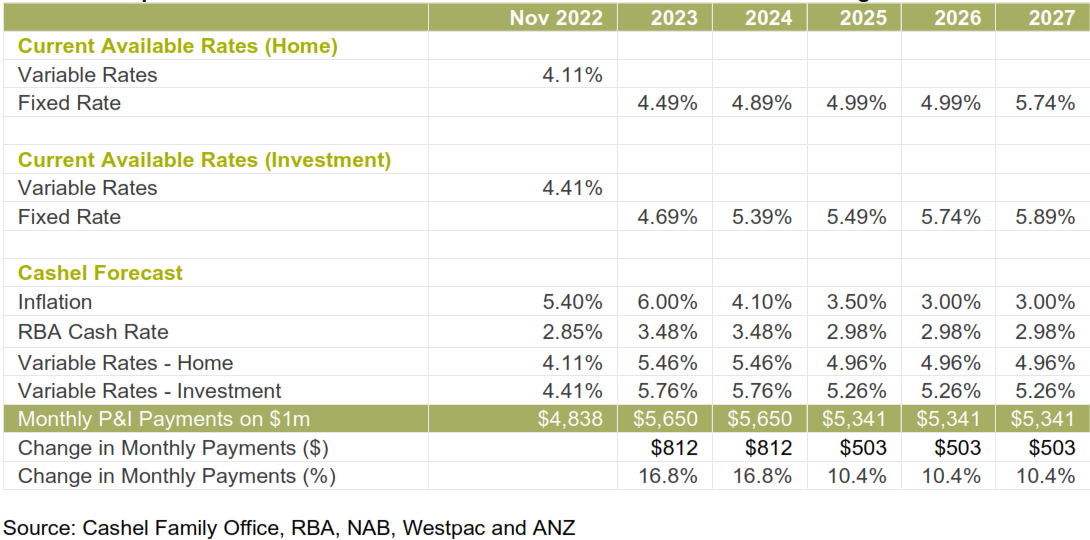
The RBA’s decision to pause rate rises hopefully signals we are nearing the top of the rate cycle, however, it certainly doesn’t mean the rises have finished, possibly quite the opposite.
Cash Rates, Inflation, Wages Growth and Asset Pricing
- On 4 April 2023, the RBA paused what was expected to be another rate rise, keeping the cash target rate at 3.60 per cent. The RBA Board took the decision to hold interest rates steady this month to provide additional time to assess the impact of the increase in interest rates to date and the economic outlook.
- The RBA is in a difficult position; its main objective is to return inflation to between 2 to 3 per cent. However, the latest “reported” rate is 7.8 per cent, fueled by rising rental rates and spending by various state and government bodies. While unpopular, both of these need to be addressed if the RBA is to have any chance of reducing inflation without putting the economy on a hard landing.
- Globally there has been a lot of noise in the banking industry and the major trading partners. The mismanagement of Credit Suisse and under the regulation of smaller banks in the USA have brought to the surface a number of issues that have been bubbling away in the background for the last 12 months. The first issue is the unrealised mark-to-market positions associated with overvalued (and unprofitable) private assets. The second is the mismanagement of liquidity and liability duration risk of a number of banks that have not been operating under the Basel III protocols, unlike Australian Banks which do.
Exhibit 1: GDP, Inflation and RBA Cash Rate

Exhibit 2: Wage Growth and Unemployment

Exhibit 3: Annual House Price Movements

Funding Costs
- There has been little change in the RBA assets over the past quarter. Notably, the term funding facilities provided by the RBA to the Australian banks remain the largest Australian Dollar investment asset of the RBA. It is unclear when the various banks will repay these, although when reading the latest CBA institutional fixed income report, it appears that their facility expires in June 2024. Unless this is refinanced by other debts (and or equity), this may materially impact the Australian bank’s ability to source funds for lending around that time. At the same time, it should be noted that Credit Suisse played a major role in the securitisation of many second-tier lenders. Without them, this may reduce the availability of non-prime lending. Time will tell.
- The longer-term bond rates have remained around 3.2% to 3.5% for the past six months in expectation that this is the required cash target rate to contain inflation (we have our doubts).
- Household assets to income ratio, as expected, declined over the past quarter, due to real estate asset price declines. Household debt to income remains stable, not due to income growth but due to reduced lending growth.
Exhibit 4: Reserve Bank of Australia Assets

Exhibit 5: Australian Government Bond Yield

Exhibit 6: Household Income and Consumption

Exhibit 7: Housing Loan Commitments

Implications on Interest Rate Outlook
- Following the latest economic news and RBA announcement, the fixed and variable rates are starting to merge. There appears to be a consensus that rates may reduce in 2025 and beyond.
Exhibit 16: Impact of Interest Rate Forecasts and Fixed Rates on $1 million borrowing

Recommended Stratgies
Given the current interest rate and economic outlook we are recommending to clients that they take the following actions:
- Review your costs, credit cards and ensure you are refinance ready
- Review your income
- Be vigilant about their interest rates
- Consider fixing for 1 to 3 years
- Position for opportunities.
Most importantly reach out to your Cashel Relationship Manager or directly to me, should you need assistance and advice with any borrowing needs.











